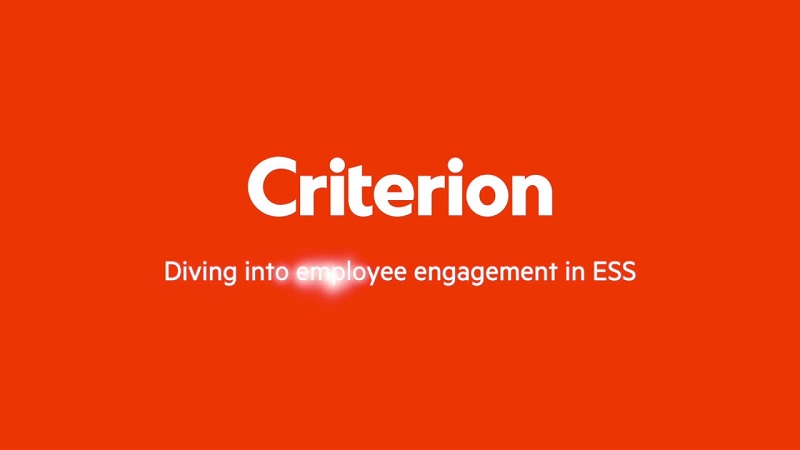12 Best Practices in Managing Employee Life Cycle -From Recruiting and Onboarding to Retirement

Employees are the backbone of any successful business. For this reason, it’s essential to encourage a positive employee experience. Treating managing employees as an ongoing life cycle that starts before a candidate is hired and continues until the employee’s last day in the office is the optimal way to foster a fantastic workforce.
Let’s look at the six stages of the employee life cycle and the twelve best practices for maximizing your employer-employee relationship.
The Employee Lifecycle Model
The employee life cycle (ELC) is an organizational methodology that managers, HR staff, and others can use to understand how to engage with employees throughout the employees’ time with the company.
There are six separate stages in the ELC:
- Attractions
- Recruiting
- Onboarding
- Developing
- Retaining
- Offboarding
Let’s move through the cycle and learn a few practices you can employ to ensure each step of the process helps move your company in a positive direction.
Attracting
The first stage of the ELC is Attracting. which begins before the would-be employee’s first day on the job. The attracting stage can start even before your company has an open position.
This phase is all about your company’s brand and how prospective employees will perceive it. Many factors contribute to your company’s brand, including its mission statement, values, culture, benefits package, and overall reputation.
The best practices for the Attracting phase include:
- Increase brand awareness: There are many ways to raise awareness of a company’s brand. Have company managers and other leaders attend professional conferences. You can also publish regular updates on social media or blog pages. Or, consider building a network with similar companies and professionals to attract the top talent in your industry.
- Offer a competitive benefits package: An enticing benefits package including pay, insurance, vacation time, and other perks is one of the most impactful factors that attract quality employees. A generous benefits package also demonstrates to job seekers that your company highly values its employees.
Recruiting
The second phase of the ELC is Recruiting, which refers to the period where you actively seek to recruit employees for your company.
During the recruiting stage, creating a positive, professional experience for your candidates is vital. It’s also critical to utilize clear expectations and processes to ensure you find the right employee for you.
The best practices for the Recruiting phase include the following:
- Utilize your existing network: If you already have a qualified team of talented employees, consider using them as a resource for the recruiting stage. Evaluating current employees for a vacant position can be more beneficial than pursuing an outside hire. Or, if you are looking outside the company, asking your team for professional referrals can be one of the fastest ways to locate valuable candidates for consideration.
- Set clear goals: An undefined goal, vague job responsibilities, or a poorly designed interview process can create problems at this stage in the ELC. Be clear about what your expectations and requirements are for the position. Communicate these expectations clearly and consistently.
Onboarding
After deciding on a candidate, the third stage of the ELC begins. This stage is called Onboarding. Traditionally, we think of onboarding as being conducted in person, but many companies are now recognizing the efficacy of hybrid or even remote onboarding for new employees.
During the onboarding phase, your new hire will acclimate to your company’s environment. This period can highly influence employee retention as the new hire meets other team members and receives their initial training.
The best practices for the Onboarding phase include the following:
- Outline expectations for the position: While a comprehensive job description can tell the new employee a lot about their role in the company, it’s still necessary to outline your expectations for the job to your new employee.
- Monitor the situations frequently: Onboarding can be scary for new employees even when remote onboard. During the first weeks of a new hire’s ELC, you must check in with the employee. Use face-to-face interactions, virtual meetings (if remote onboarding), and other communication channels to let your new hire know you are there to support them.
Developing
We call the fourth phase of the employee life cycle model Developing. At this point in the life cycle, the employee familiarizes themselves with their team and role in the company. You can begin to develop the employee to grow as a professional purposefully.
Development can take many forms both within and outside of the company. Some common means of employee development include: Encouraging degree completions, mentorships, industry certifications, professional seminars or conferences, and awarding new responsibilities.
The best practices for the Developing phase include:
- Regularly access skill developments: Work directly with your employee to identify their areas of expertise. An employee’s interest in their development is pivotal to identifying productive areas for further training. This collaborative process encourages a more positive employer-employee relationship.
- Reward learning: Demonstrating that your company highly values continuing education is one of the best ways to develop and retain quality employees. A company can do many things, such as pay for recertifications, offer accomplishment-based raises, or even seek out an employee to thank them for their extra effort.
Retaining
The Retaining phase of the ELC runs the entire life cycle. Studies show regular raises, added benefits, mentorships, and opportunities for advancement are just a few ways a company can create a positive employee experience and improve retention.
The best practices for the Retaining phase include the following:
- Take time to understand your employees’ motivations: A big part of good retention is providing the things employees want. Of course, every employee is different so try taking the time to speak with the individual members of your team to learn what motivates them.
- Define company and team goals: Just as you need to understand employee motivations, your employees need to understand what the company wants and needs from them. Helping employees understand their team and company’s direction is worth the time and effort.
Offboarding
Offboarding is when an employee parts ways with the company, either through retirement, job changes, or some other reason.
Offboarding is a critical time for managers and HR because it’s a stage that can provide helpful feedback on how the company can improve its ELC. It’s also a stage that can significantly impact the rest of your team, so you want to minimize any harmful disruptions caused by the absence of your former employee.
The best practices for the Offboarding phase include the following:
- Learn the “why”: A vital component of the offboarding stage is speaking with the exiting employee to learn why they’re leaving. If the reason is for something negative, now is the time to learn so that you can avoid the same issues in the future.
- Refocus your remaining team members: Losing a team member can be harmful to morale and disrupt productivity. It’s important to refocus your team on a positive future.
Conclusion
The employee life cycle can be a tremendous tool for companies that want to find, retain, and develop their employees. Focusing on attainable goals and clear communication through every step of the ELC can ensure a long-lasting and positive relationship with your amazing team.







